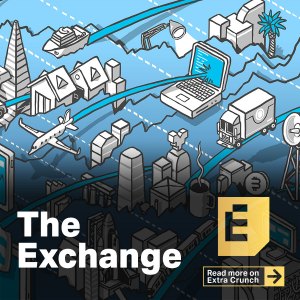Robinhood’s growth as an ultra low-cost way to invest has shaken up fintech.
Fueled by hundreds of millions of external cash, the no-fee trading platform has forced domestic competitors to slash their fees, spawned international competition, and, in the eyes of some, helped propel the recent equities boom.
The company’s success in driving growth has led to surging revenues. As The Block recently reported, some Robinhood filings (here and here) show that the company earned “nearly $100 million in fees for stock and options order flow” in Q1 2020. For context, the same part of Robinhood’s business was reported to have generated $69 million in revenue during all of 2018.
For a startup valued north of $8 billion, Robinhood’s investors are betting that it will quickly scale as a business, something the famous unicorn appears to be doing in recent quarters and years.
The Exchange is a daily look at startups and the private markets for Extra Crunch subscribers; use code EXCHANGE to get full access and take 25% off your subscription.
 However, the same filings show that Robinhood’s incomes from payment for order flow — what Investopedia defines as “compensation and benefit a brokerage firm receives for directing orders to different parties for trade execution” — come more from options trading than they do the buying and selling of stocks in the manner that you might be more familiar with. (Robinhood makes money in a number of ways, including “income generated from cash,” its subscription service and other methods.)
However, the same filings show that Robinhood’s incomes from payment for order flow — what Investopedia defines as “compensation and benefit a brokerage firm receives for directing orders to different parties for trade execution” — come more from options trading than they do the buying and selling of stocks in the manner that you might be more familiar with. (Robinhood makes money in a number of ways, including “income generated from cash,” its subscription service and other methods.)
Indeed, when TechCrunch first reviewed the filings that broke down how much income Robinhood earns from different types of order flow, we noted that the company generated comparatively large sums from options when contrasted to what the company could extract from more pedestrian equity orders. But the fact didn’t stand out too much at the time; the company has several trading varietals, so who cares which ones bring in more revenue?
It didn’t matter until the company’s user base recorded a tragedy after a 20-year-old user died by suicide after the Robinhood app showed them a balance to the tune of negative $730,000. It turns out the balance wasn’t really a debt, but apparently a mid-trade options UI quirk.